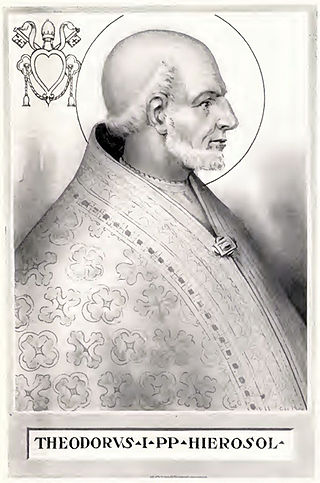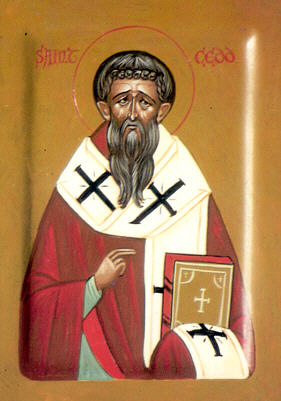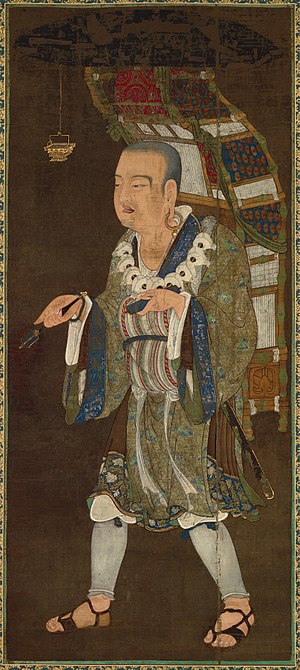
Empress Kōgyoku, also known as Empress Saimei, was the 35th and 37th monarch of Japan, according to the traditional order of succession.
Emperor Kōtoku was the 36th emperor of Japan, according to the traditional order of succession.
The 640s decade ran from January 1, 640, to December 31, 649.
The 650s decade ran from January 1, 650, to December 31, 659.
The 590s decade ran from January 1, 590, to December 31, 599.

Year 649 (DCXLIX) was a common year starting on Thursday of the Julian calendar. The denomination 649 for this year has been used since the early medieval period, when the Anno Domini calendar era became the prevalent method in Europe for naming years.

Year 642 (DCXLII) was a common year starting on Tuesday of the Julian calendar. The denomination 642 for this year has been used since the early medieval period, when the Anno Domini calendar era became the prevalent method in Europe for naming years.

Year 643 (DCXLIII) was a common year starting on Wednesday of the Julian calendar. The denomination 643 for this year has been used since the early medieval period, when the Anno Domini calendar era became the prevalent method in Europe for naming years.

Year 653 (DCLIII) was a common year starting on Tuesday of the Julian calendar. The denomination 653 for this year has been used since the early medieval period, when the Anno Domini calendar era became the prevalent method in Europe for naming years.

Year 654 (DCLIV) was a common year starting on Wednesday of the Julian calendar. The denomination 654 for this year has been used since the early medieval period, when the Anno Domini calendar era became the prevalent method in Europe for naming years.

Year 658 (DCLVIII) was a common year starting on Monday of the Julian calendar. The denomination 658 for this year has been used since the early medieval period, when the Anno Domini calendar era became the prevalent method in Europe for naming years.

Year 660 (DCLX) was a leap year starting on Wednesday of the Julian calendar. The denomination 660 for this year has been used since the early medieval period, when the Anno Domini calendar era became the prevalent method in Europe for naming years.

The Asuka period was a period in the history of Japan lasting from 592 to 710, although its beginning could be said to overlap with the preceding Kofun period. The Yamato polity evolved greatly during the Asuka period, which is named after the Asuka region, about 25 km (16 mi) south of the modern city of Nara.
Fujiwara no Kamatari, also known as Nakatomi no Kamatari, was a Japanese politician and aristocrat who, together with Prince Naka no Ōe, carried out the Taika Reform. He was the founder of the Fujiwara clan, the most powerful aristocratic family in Japan during the Nara and Heian periods. He, along with the Mononobe clan, was a supporter of Shinto and fought the introduction of Buddhism to Japan. The Soga clan, defenders of Buddhism in the Asuka period, defeated Kamatari and the Mononobe clan, and Buddhism became the dominant religion of the Imperial Court. Kamatari was appointed Inner Minister, and, along with Prince Naka no Ōe, later Emperor Tenji (626–672), launched the Taika Reform of 645, which centralized and strengthened the central government. Just before his death, he received the surname Fujiwara and the rank Taishōkan from Emperor Tenji, thus establishing the Fujiwara clan.
The Taika Reforms were a set of doctrines established by Emperor Kōtoku in the year 645. They were written shortly after the death of Prince Shōtoku and the defeat of the Soga clan, uniting Japan. The reforms also artistically marked the end of the Asuka period and the beginning of the Hakuhō period. Crown Prince Naka no Ōe, Nakatomi no Kamatari, and Emperor Kōtoku jointly embarked on the details of the Reforms. Emperor Kōtoku then announced the era of "Taika" (大化), or "Great Reform".

The Isshi incident was a successful plot by Nakatomi no Kamatari, Prince Naka no Ōe and others who conspired to eliminate the main branch of the Soga clan, beginning with the assassination of Soga no Iruka. It takes its name from the zodiological name of the year 645 during which the Taika Reform, a transformative event in Japanese Imperial history, occurred.

The Goguryeo–Tang War occurred from 645 to 668 and was fought between Goguryeo and the Tang dynasty. During the course of the war, the two sides allied with various other states. Goguryeo successfully repulsed the invading Tang armies during the first Tang invasions of 645–648. After conquering Baekje in 660, Tang and Silla armies invaded Goguryeo from the north and south in 661, but were forced to withdraw in 662. In 666, Yeon Gaesomun died and Goguryeo became plagued by violent dissension, numerous defections, and widespread demoralization. The Tang–Silla alliance mounted a fresh invasion in the following year, aided by the defector Yeon Namsaeng. In late 668, exhausted from numerous military attacks and suffering from internal political chaos, Goguryeo and the remnants of Baekje army succumbed to the numerically superior armies of the Tang dynasty and Silla.

The first conflict of the Goguryeo–Tang War started when Emperor Taizong of the Tang dynasty led a military campaign against Goguryeo in 645 to protect Silla and punish Generalissimo Yeon Gaesomun for the killing of King Yeongnyu. The Tang forces were commanded by Emperor Taizong himself, and generals Li Shiji, Li Daozong, and Zhangsun Wuji.

Taika (大化) was a Japanese era name during the reign of Kōtoku. The Taika era immediately preceded the Hakuchi era. This period spanned the years from August 645 through February 650.

The siege of Ansi was a battle between Goguryeo and Tang forces in Ansi, a fortress in the Liaodong Peninsula, and the culmination of the First campaign in the Goguryeo–Tang War. The confrontation lasted for about three months from 20 June 645 to 18 September 645.













